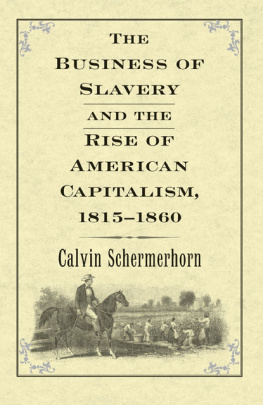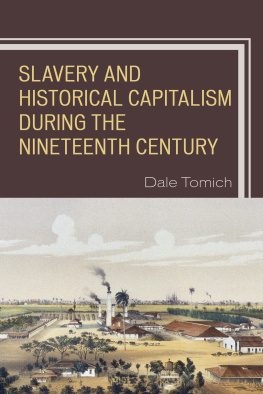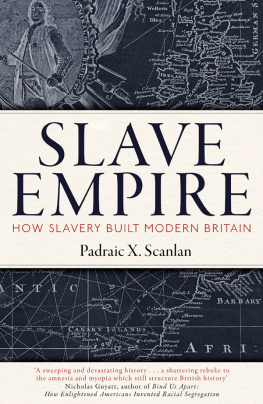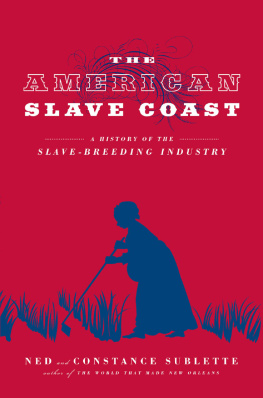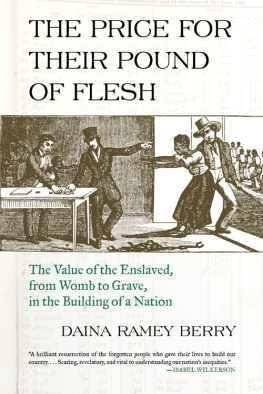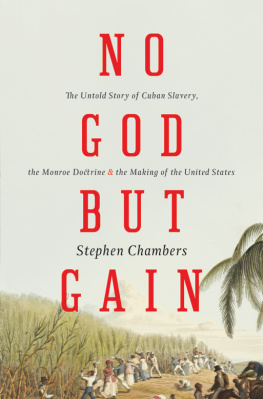

Published with assistance from the foundation established in memory of Amasa Stone Mather of the Class of 1907, Yale College.
Copyright 2015 by Yale University.
All rights reserved.
This book may not be reproduced, in whole or in part, including illustrations, in any form (beyond that copying permitted by Sections 107 and 108 of the U.S. Copyright Law and except by reviewers for the public press), without written permission from the publishers.
Yale University Press books may be purchased in quantity for educational, business, or promotional use. For information, please e-mail (U.K. office).
Set in Electra type by IDS Infotech, Ltd.
Printed in the United States of America.
ISBN 978-0-300-19200-1
Catalogue records for this book are available from the
Library of Congress and the British Library.
This paper meets the requirements of ANSI/NISO Z39.481992 (Permanence of Paper).
10 9 8 7 6 5 4 3 2 1
for Margaret

C ONTENTS

A CKNOWLEDGMENTS
This book started with the idea that some of the most destructive aspects of American history were bound up with some of its most creative. That exploration of the tragic in history has taken several years. Some chapters began serendipitously with a single piece of evidence, such as a curious slave ship manifest of a passage originating in New Jersey. Others began as parts of conference papers, such as the one Seth Rockman invited me to give at Slaverys Capitalism: A New History of Economic Development, cohosted by Brown and Harvard universities in 2011. That conference marked a turning point in my thinking about historical capitalism, and I owe a correspondingly great debt to Seth and his co-organizer, Sven Beckert, along with Ronald Bailey, Edward E. Baptist, Ian Beamish, Daina Ramey Berry, Kathryn Boodry, James T. Campbell, Eric Kimball, Bonnie Martin, Scott Reynolds Nelson, Daniel Rood, Caitlin C. Rosenthal, Joshua D. Rothman, Amy Dru Stanley, Lorena S. Walsh, Shane White, and Craig Wilder, among many others. I am also grateful for Dylan C. Penningroths and Shirley E. Thompsons helpful suggestions on this work at the Chicago meeting of the American Historical Association in 2012. In 201213 I was fortunate to be part of a slavery seminar cohosted by the School for Advanced Research in Santa Fe and Southern Methodist University. I thank Eric Bowne, Catherine Cameron, Paul T. Conrad, Edward Countryman, Melissa Farley, Mark Goldberg, Andrew R. Graybill, Enrique Lamadrid, Sherry L. Smith, Andrew J. Torget, and Nat Zappia for their suggestions in shaping parts of this project, and especially its organizers, James F. Brooks, Bonnie Martin, and Ruth Ann Elmore.
I owe extraordinary debts to friends and colleagues who read chapters and offered suggestions for improvement. They include Edward L. Ayers, Donald Critchlow, who also came up with the books title, Scott Nelson, Katherine M. B. Osburn, Anthony F. Parent Jr., Seth Rockman, and Josh Rothman. All were generous with their time and intellectual investments. For Yale University Press, Robert Gudmestad and three anonymous reviewers digested a great deal more material than appears here, offering excellent recommendations that trimmed chapters and sharpened analyses. I am grateful for their expert guidance and for the thoughtful editorial work of Erica Hanson, Christopher Rogers, Jeff Schier, and Christina Tucker at Yale. Ann Twomblys judicious editing improved the text considerably. Sonia Tyckos early interest and suggestions were also quite helpful. Many others answered questions or took the time to meet and talk about this book, including Erik Alexander, Ed Baptist, Andrew Barnes, Christa Dierksheide, Graham Dozier, Stephen L. Esquith, Susan Gray, Monica Green, Christopher F. Jones, Gregg D. Kimball, Ted Maris-Wolf, Scott P. Marler, Jaime Martinez, Caleb McDaniel, Maurie D. McInnis, Fraser D. Neiman, Scott Nesbit, Catherine ODonnell, Josh Rothman, Ben Schiller, Andrew Torget, Emily Tenhundfeld, Philip VanderMeer, Henry Wiencek, Gaye Wilson, and Andrew W. Witmer. I am especially indebted to Joseph C. Miller for our many conversations and frequent correspondence. I wish to acquit all quickly of any complicity for errors and mistakes here.
At the University of Richmonds Digital Scholarship Lab, Nathaniel Ayers, Justin Madron, Robert K. Nelson, Stefan St. John, and especially Scott Nesbit adroitly undertook the project of creating a digital map of the United States domestic slave trade, devoting quite a bit of time, resources, and resourcefulness to it. A simple credit cannot capture the work they put into it or the wellspring of innovation that is the DSL. At Arizona State University, Coreen Harris, Kristin Rondeau-Guardiola, and Scott West devoted time to this project as diligent student research assistants. The staff at the National Archives and Records Administration in Philadelphia and Fort Worth helped considerably, and thanks in particular to Juliet Seer Pazera at the New Orleans Notarial Archives Research Center. Mrs. Mary M. White of New Orleans uncovered some surprising and helpful sources. I also appreciate the efforts of Frank Arre of the Naval History and Heritage Command, Mark Brown at Belmont Mansion, Tennessee, Matt Farah of the Wilson Research Center in New Orleans, and Laura Clark Brown and Matthew Turi of the Wilson Library at the University of North Carolina, Chapel Hill.
Special thanks to Bonnie Martin, Susan Eva ODonovan, and Gautham Rao, who graciously shared the fruits of their archival excavations and contributed their wisdom on various subjects. Their generosity is a model of what is best in scholarship.
Material support for this project came from several important sources, beginning with Arizona State University. I thank Rachel Fuchs and Matthew J. Garcia for relief from teaching during a critical phase of this project. I am grateful for a Joel M. Williamson Visiting Scholar fellowship at the University of North Carolina, Chapel Hills Southern Historical Collection, a John Hope Franklin fellowship at Duke University, and a residential fellowship at the Virginia Foundation for the Humanities.
The VFH is an outstanding institution and was a wonderful place at which to finish this project. It brings together scholars and writers from a variety of backgrounds who interact in a vibrant and collegial, not to mention beautiful, setting in Charlottesville. I owe a special debt to VFH Senior Fellow Emeritus William W. Freehling for his guidance and friendship, along with the enthusiastic support of VFH President Rob Vaughn and Ann Spencer. I am grateful to Sarah McConnell and the producers of With Good Reason Radio for their interest in this project. A fond thanks to my fellow fellows Don Debats, Faulkner Fox, Jerry Handler, Tom Jackson, Jennifer Mendez, Debra Nystrom, Osayimwense Osa, Hermine Pinson, John Ragosta, and Earl Swift. Besides those of historians, the perspectives of poets, authors, anthropologists, sociologists, and scholars of literature considerably enriched this book.
Greatest thanks go to my family, especially my wife, Margaret, and daughters, Marion and Eva. They supported this project immensely and in ways too numerous to list. Margaret encouraged fellowship opportunities even thousands of miles away, and all tolerated my absences at archives and conferences, my disappearances on weekends to write, and my nattering about some long-dead subjects who seemed utterly reprehensible and others whose sufferings found no earthly redemption. Margaret shared the frustrations and disappointments of missed deadlines and devices that gave up the ghost, taking my files to their cyber graves. She also shared my enthusiasm for the project and the small victories of writing breakthroughs, moments when ideas snapped into focus, and discoveries of exquisite archival tidbits. Margarets loving sacrifices include working less at a noble medical profession so that I could work more in a vocation whose outputs enjoy less demand. No book can appropriately repay such support, good faith, and sacrifice. Nevertheless, I dedicate this book to her.
Next page
